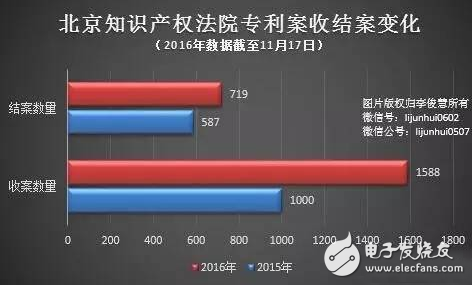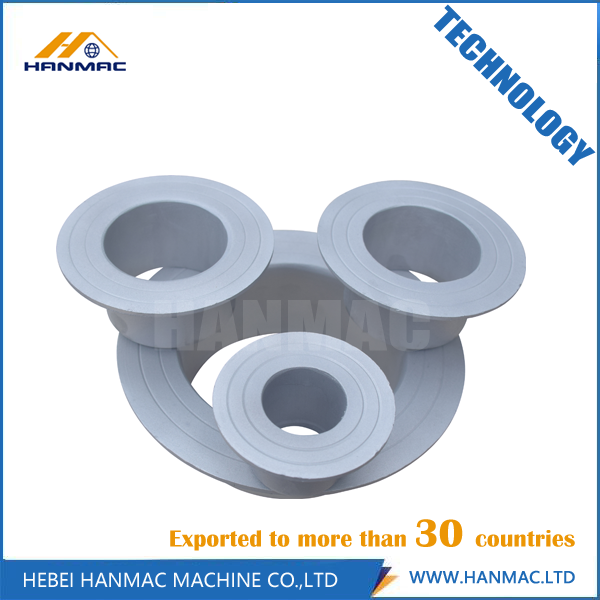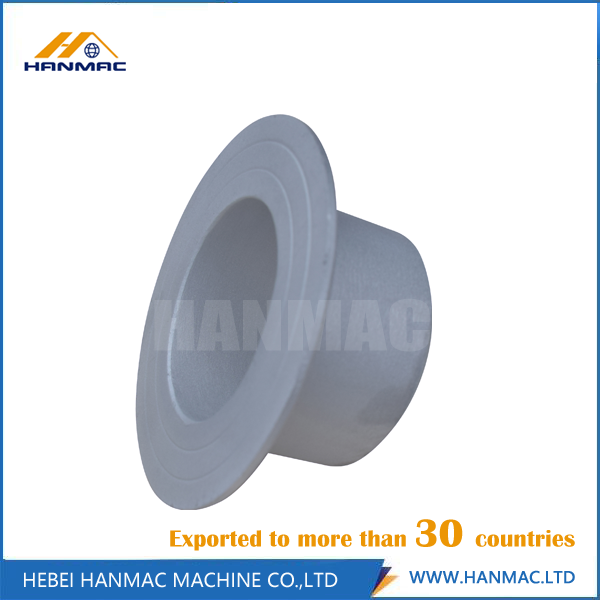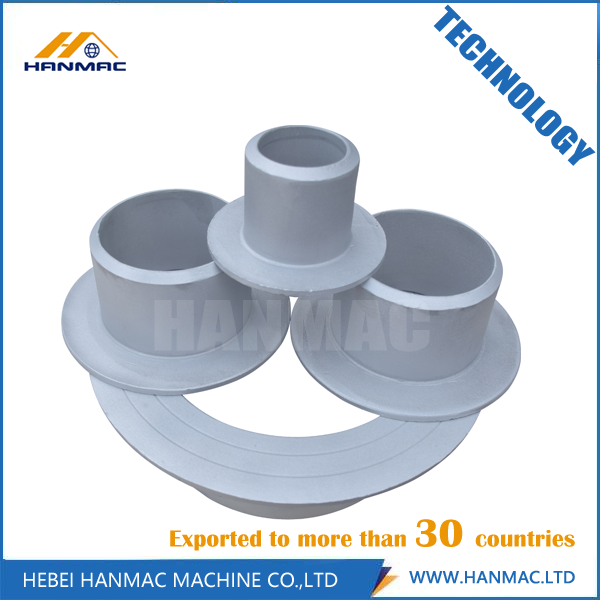The focus of the patent war or the main battlefield seems to be shifting from Europe and the United States to China.
Recently, the latest forecast released by Lex Machina shows that the number of US patent litigations in 2016 is expected to be 4,586, compared with 5,822 last year. This means that the total number of US patent litigation cases in 2016 fell by 21.3% from 2015.
In stark contrast to this, patent litigation cases accepted in China are showing a period of rapid growth.
According to data from the Beijing Intellectual Property Court, from January 1 to November 17, 2016, the Beijing Intellectual Property Court accepted a total of 9196 cases, exceeding the total number of 9191 cases received in 2015; There were 5,739 cases, which exceeded the total number of 5,432 cases completed in 2015.
Among them, in the case of receiving cases, there were 1,581 patent disputes in the first-instance case, and 7 patent disputes in the second-instance case. In the case of closing the case, 717 patent disputes were settled in the first-instance case, and 2 patent disputes were settled in the second instance.

In 2015, the number of patent disputes filed by the Beijing Intellectual Property Court was about 1,000, and the number of cases closed was 587.
It can be seen that the amount of claims for patent dispute cases occurring in China is getting larger and larger, and the amount of judgments is getting larger and larger. This shows that domestic attention to the protection and use of intellectual property has reached a new height.
From the perspective of the main body of patent litigation, there are international giants such as Qualcomm and Huawei, as well as the backbone of domestic enterprises such as Huawei, as well as Shenzhen Kenli Marketing Services Co., Ltd., Fujian Yishi Information Technology Co., Ltd. and Xi'an. Small and medium-sized enterprises such as Xidian Jietong Wireless Network Communication Co., Ltd.
From the perspective of the patents involved, there are both smart phones and U-Shield payments, including communication technology patents, smart application patents, and secure payment patents.
In addition, there are two focuses: First, foreign companies are gradually choosing the main battlefield for patent litigation in China. For example, Wireless Future Technologies Inc. v. Sony Mobile is rooted in the mother of both parties. The company, Canada's Wi-LAN company and Sony failed to reach an agreement on patent licensing. Based on the actual impact of the Chinese market on Sony Mobile's sales, the plaintiff chose to initiate litigation in China. Second, the domestic patent litigation lawyers' fees are in line with Europe and the United States. For example, in the patent infringement case of the company, the court ruling supported the plaintiff’s claim for a lawyer’s fee of up to 1 million yuan, and the standard of the attorney’s fee was calculated according to the usual practice of European and American countries.
It can be seen that whether it is the original defendant of the patent case, the field involved and the amount of the claim, or the trend of the number or scale of patent cases, China is surpassing the United States to become the "main battlefield" for innovative technology and cutting-edge technology patent disputes.
This has also sounded the alarm for domestic enterprises. If there is no independent innovation and no core or key technologies, the future development path of “plagiarismâ€, “imitation†or “cottage†is a “dead endâ€, even if it is “stageâ€. "Sexual profit" may also result in years of income "returning" or "returning" due to involvement in patent disputes.
Because the claim criteria for patent infringement disputes are determined in the order: the actual loss of the right holder and the illegal income of the infringer.
For those enterprises that have been deeply involved in patent disputes of several hundred million yuan, it may be ridiculous to blindly say that realizing profits. For such enterprises, investment funds should be vigilant and prudently invest, so as not to become the "receiving man" of innovation infringement.
Aluminum stub end has many advantages such as long service life, light weight, good heat resistance, good corrosion resistance, good heat preservation, high impact. According to the grad of the aluminum, it can be divided into aluminum 1060 stub end, aluminum 5083 stub end, aluminum 6061 stub end, aluminum B241 stub end.
Item Cold: aluminum stub end
Diameter: 1" 1.5" 2" 2.5" 3" 3.5" 4" 5" 6"
Wall thickness: 1.5mm,1.8mm,2.0mm,2.5mm
Surface treatment: Polish/Raw
Material: Aluminum 6061/Aluminum 6063/Aluminum 5083
MOQ: 50 pieces
Packing: Plastic bags and carton boxes



Aluminum Stub End,Aluminum 1060 Stub End,Aluminum 5083 Stub End,Aluminum 6061 Stub End,Aluminum B241 Stub End
HEBEI HANMAC MACHINE CO., LTD. , https://www.chinahanmac.com
